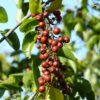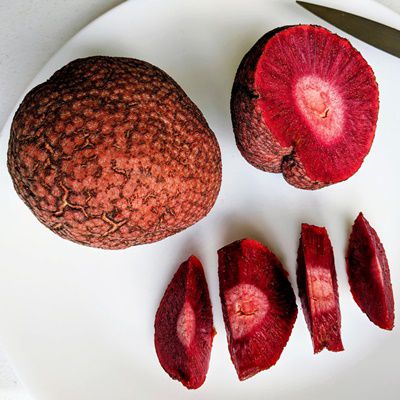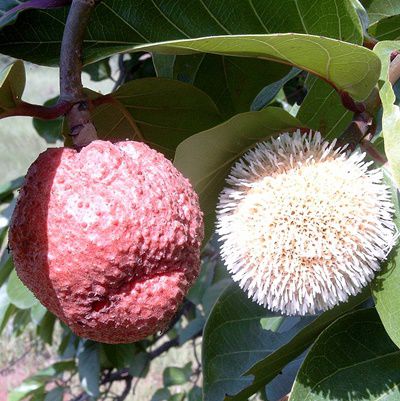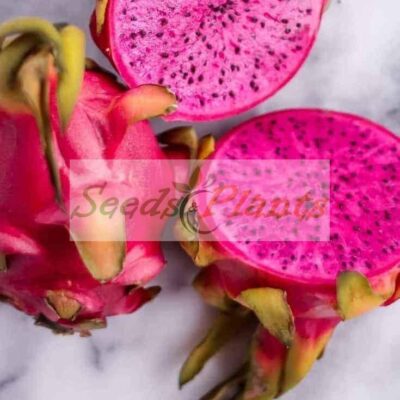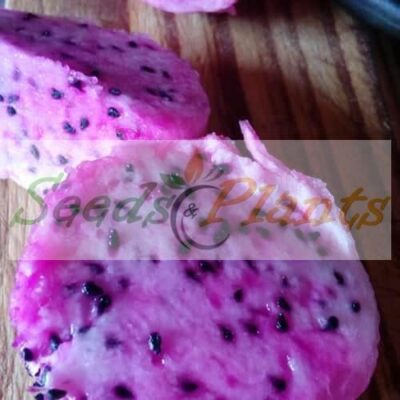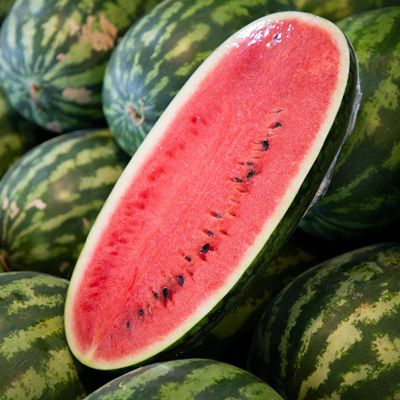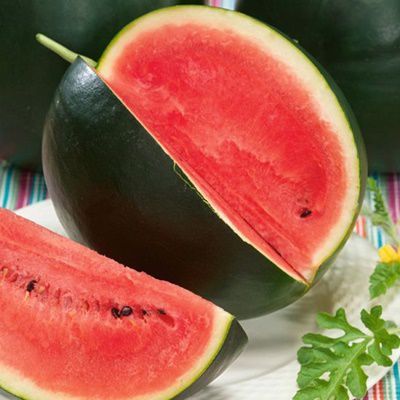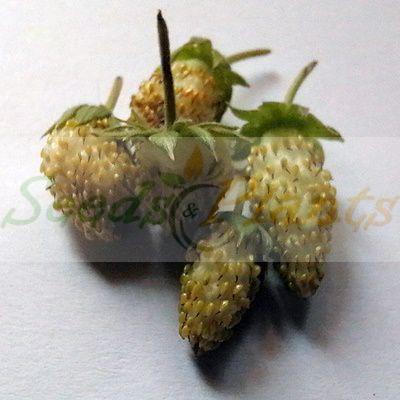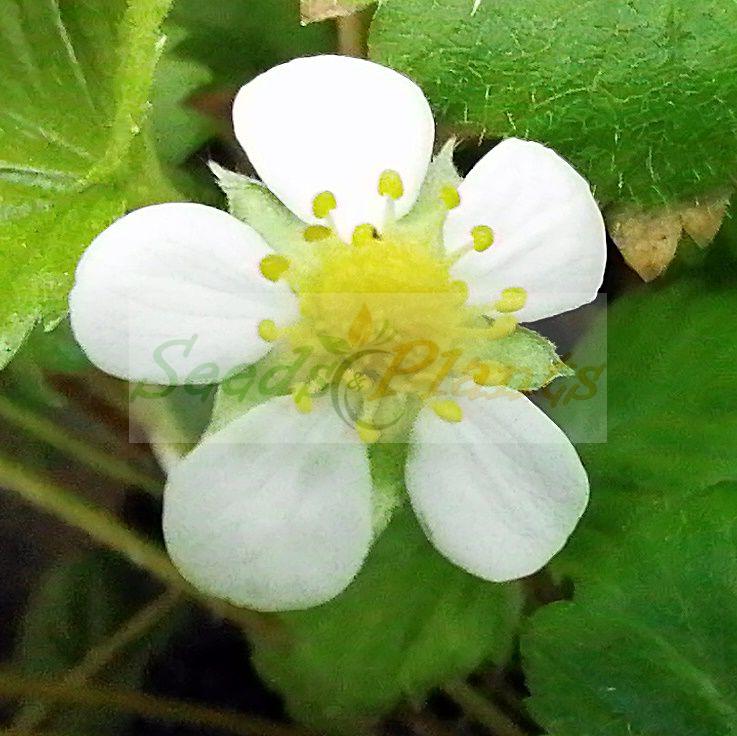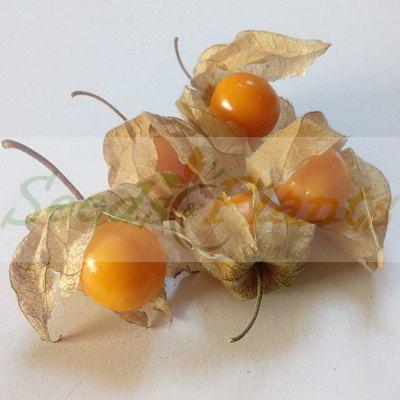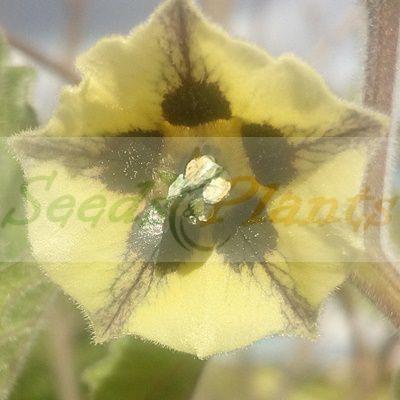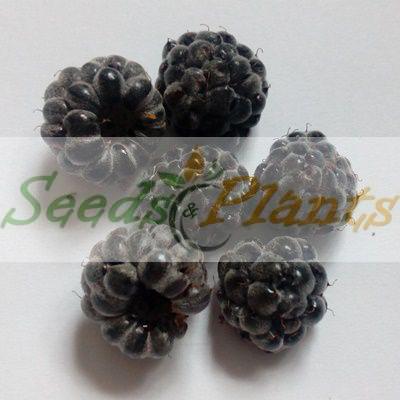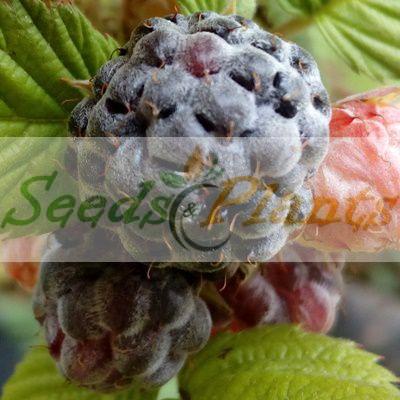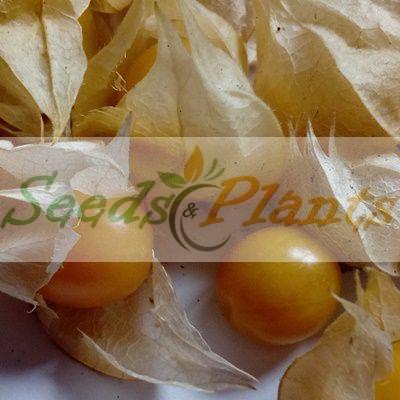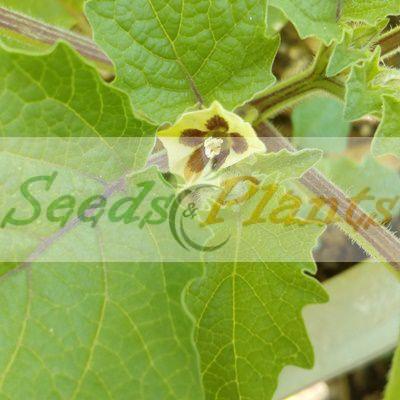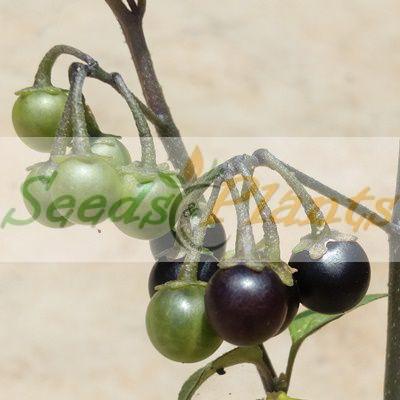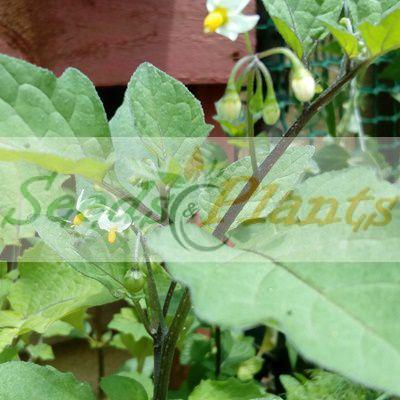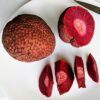- 🌱 Life Cycle: Perennial
- View All Quick Facts ↓
African Red Peach – 10 Seeds
(Nauclea latifolia)
R50.00
The fruit resembles a strawberry in taste and texture and it has numerous very tiny seeds. It is also a valuable medicinal plant.
Common Names: African peach, Ivory coast cherry, Pincushion tree, Mutuba.
Indoor Sowing: Spring and Summer.
Direct Sowing: Not Recommended.
Out of Stock
Email me when the product is back in stock.
🍓 Fruit Quick Facts
- 💚 Medicinal Use: Anti-inflammatoryAntibacterialAnticonvulsantAntifungalAntimicrobialAntioxidantAntiparasiticDigestive HealthLiver SupportPain Relief
- 🍵 Herbal Preparation: DecoctionInfusion
- 🌱 Life Cycle: Perennial
- 🪴 Growth Habit: Tree
African Red Peach (Nauclea latifolia) is a deciduous tree native to tropical Africa. The tree has an open canopy and branches out from low down on the stem. It can grow to a height of 3m – 30m, depending on it’s habitat and can start flowering when it is about 1m – 2m tall. The fragrant flowers are white-yellow and occur in a single rounded head. The tree tolerates most soils and is drought tolerant once established.
When grown from seed it starts producing fruits after about 5 – 6 years. The fruit is a compound fruit about 8cm in diameter, changing from green to reddish pink when ripe. The fruit resembles a strawberry in taste and texture and it has numerous very tiny seeds.The seeds even look similar to strawberry seeds, but smaller in size. Its pulp is deep red, watery, and has a sweet flavor. The flower heads are often cooked and eaten as a vegetable. African Peach is also a valuable medicinal plant. It is used in the treatment of various medical conditions.
Common Names: African peach, Ivory coast cherry, Pincushion tree, Mutuba.
Medicinal Benefits:
- Used traditionally to treat malaria, filariasis, and gonorrhoea, with studies showing antiplasmodial and antibacterial activities.
- Used to manage hyperglycaemia, and scientific research indicates it has antidiabetic properties by potentially inhibiting enzymes like α-glucosidase and α-amylase.
- Root decoctions have shown analgesic (pain-relieving) properties in studies. The plant is also used to treat inflammation and gastrointestinal issues like stomach aches and diarrhoea.
- Traditional remedies made from the roots are used for coughs, asthma, and bronchitis.
- Traditionally used for conditions like epilepsy and anxiety, and studies support its anticonvulsant, anxiolytic, and sedative properties.
- Some studies suggest that the root decoction can improve male fertility by increasing sperm count, motility, and viability.
- Traditionally used to treat jaundice and eye conditions
Growing African Red Peach
Indoor Sowing: Spring and Summer.
Direct Sowing: Not Recommended.
- The seeds are very tiny so it is best to germinate them in a container that has a cover.
- Spread the seeds out on a moist tissue paper or paper napkin.
- Place the napkin with the seeds in a container.
- Keep the content moist and keep the container covered to maintain humidity.
- Once you see that the seeds have germinated transplant them carefully into individual containers.
Disclaimer
Medicinal Information:
All medicinal information on this website is for educational and informational purposes only and may not be construed as medical advice. The information is not intended to replace medical advice or treatment offered by healthcare professionals.
Seeds, Plants, Plant Cuttings, Geophytes and Dried Herbs:
In some countries and provinces, certain plants are deemed as invasive and are not allowed to be planted at all, whilst some plants are allowed to be grown only in certain areas or provinces. The onus is on you as the buyer to familiarize yourself with the regulations pertaining to your location, before purchasing any of our seeds, plants, plant cuttings, geophytes or dried herbs. We will not be held liable, should you purchase any seeds, plants, plant cuttings, geophytes or dried herbs. from us which are prohibited in your country or province.
| Life Cycle | Perennial |
|---|---|
| Growth Habit | Tree |
| Medicinal Use | Anti-inflammatory, Antibacterial, Anticonvulsant, Antifungal, Antimicrobial, Antioxidant, Antiparasitic, Digestive Health, Liver Support, Pain Relief |
| Plant Part Used | Bark, Leaf, Root |
| Traditional Healing System | African Traditional Medicine |
| Herbal Preparation Type | Decoction, Infusion |


